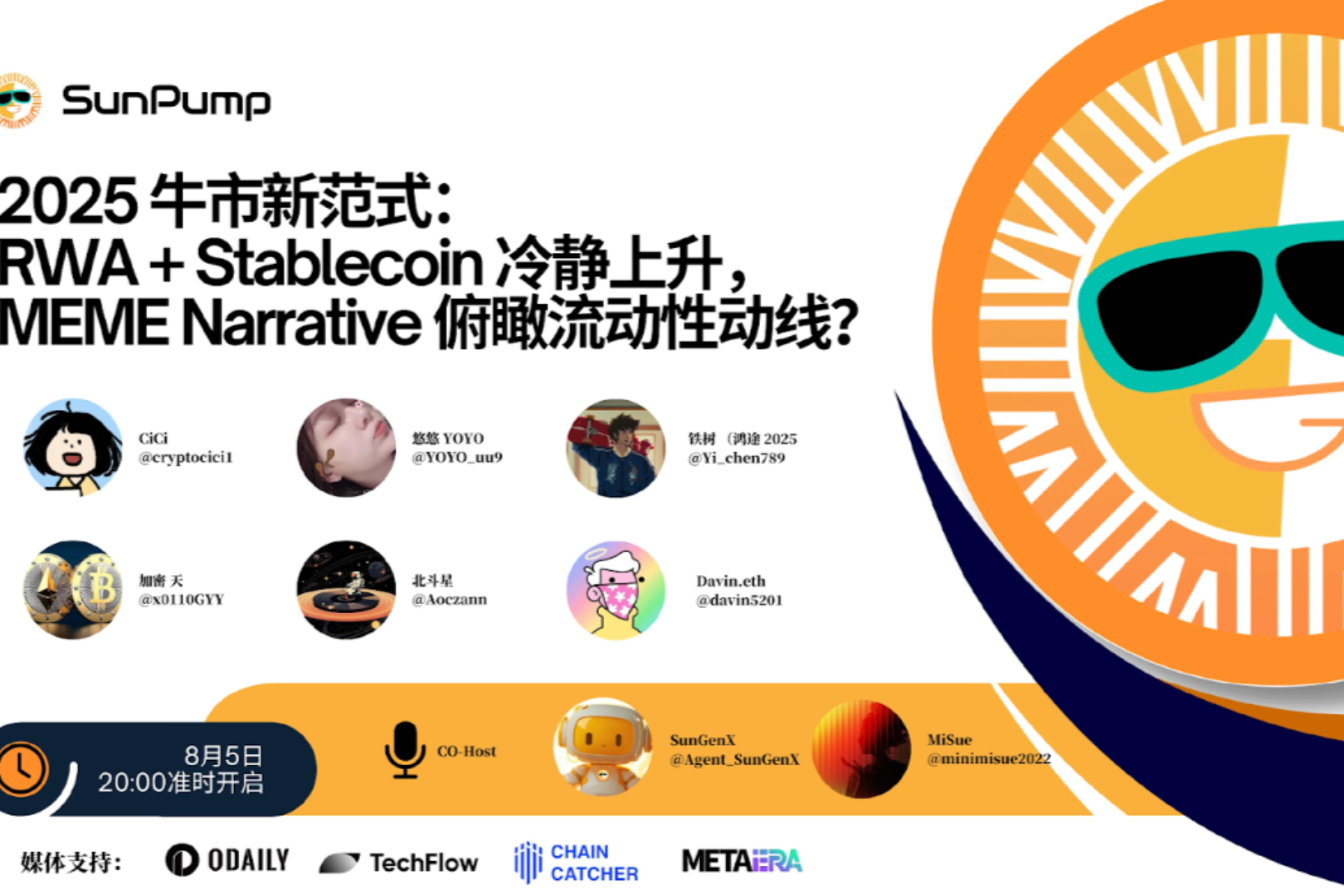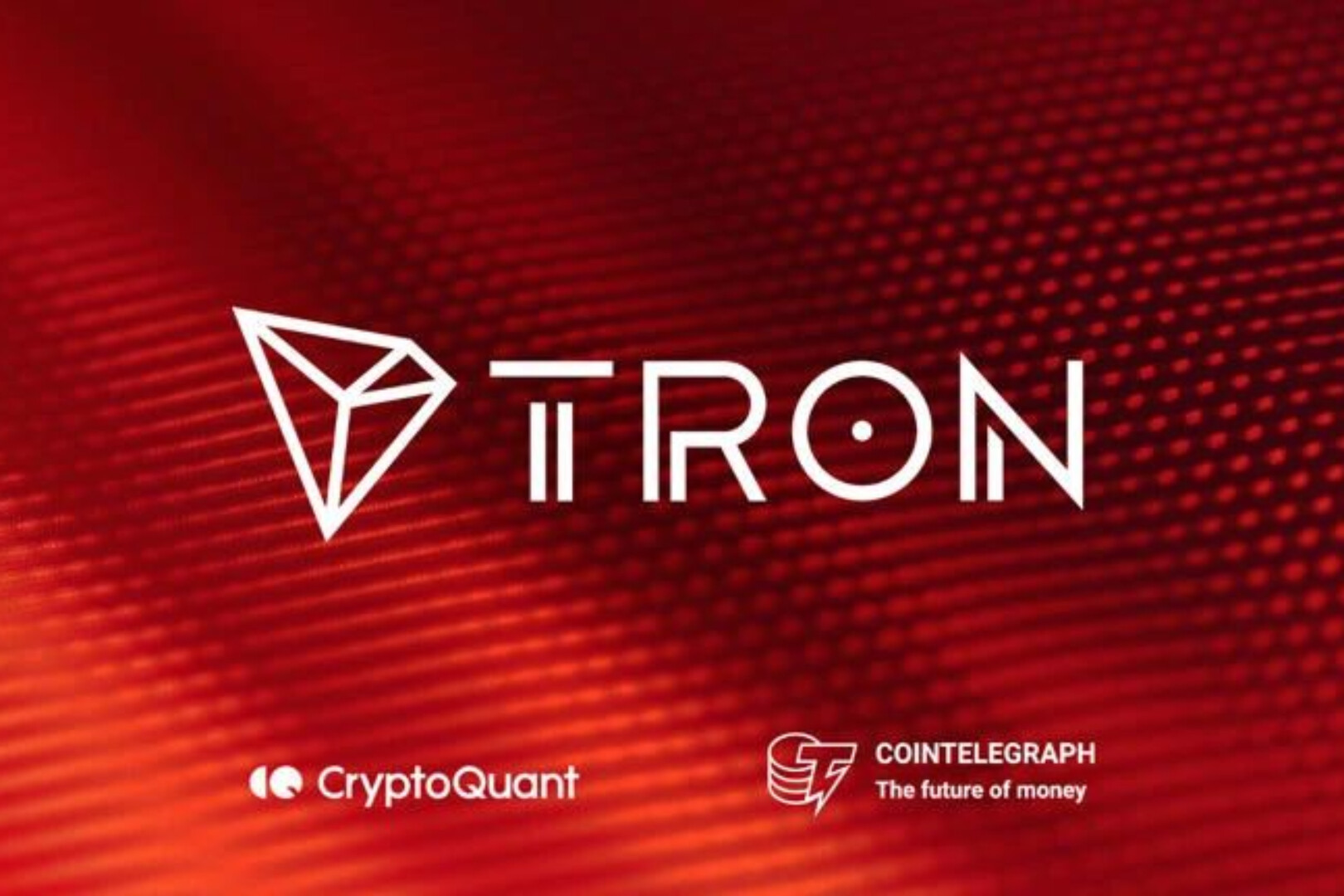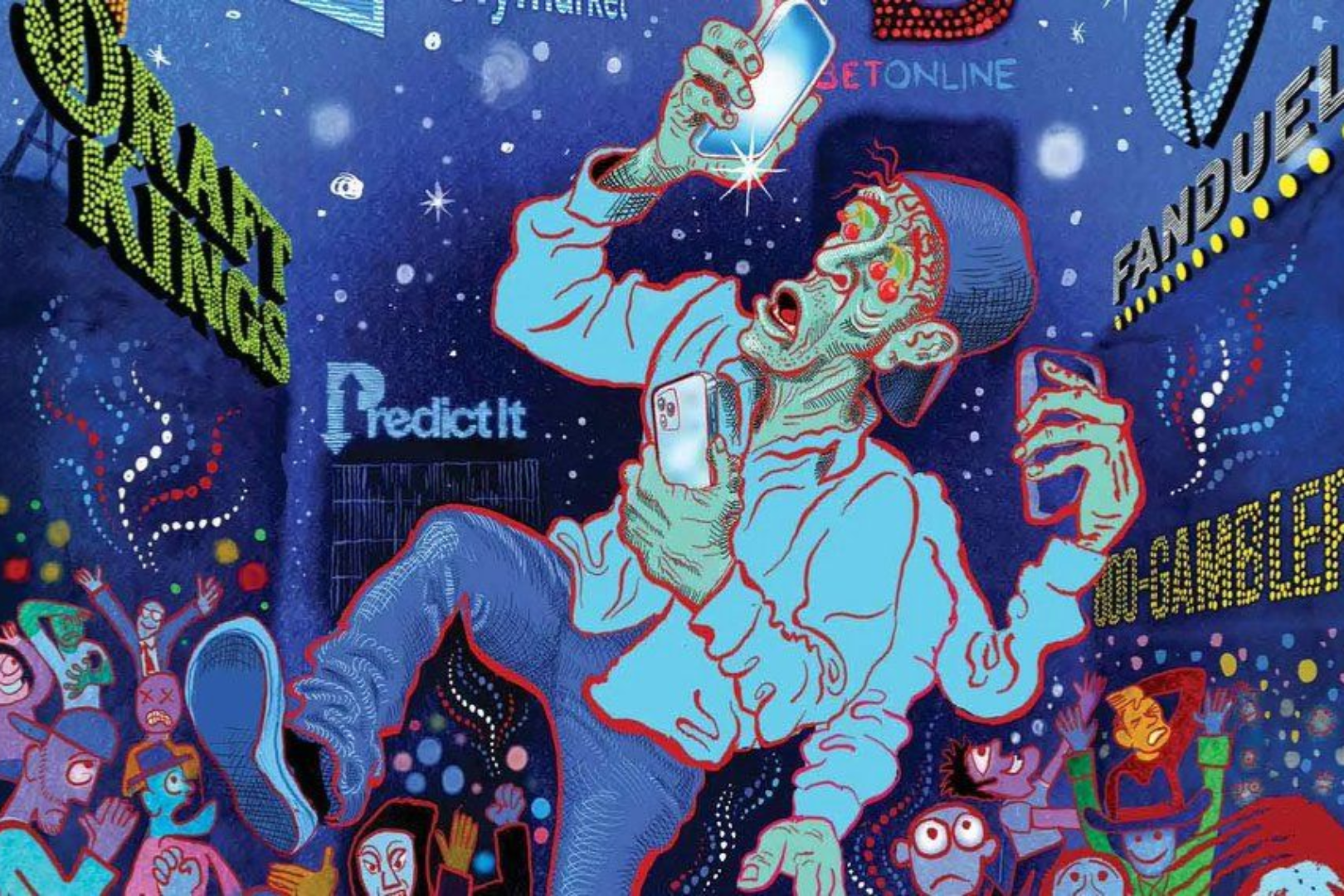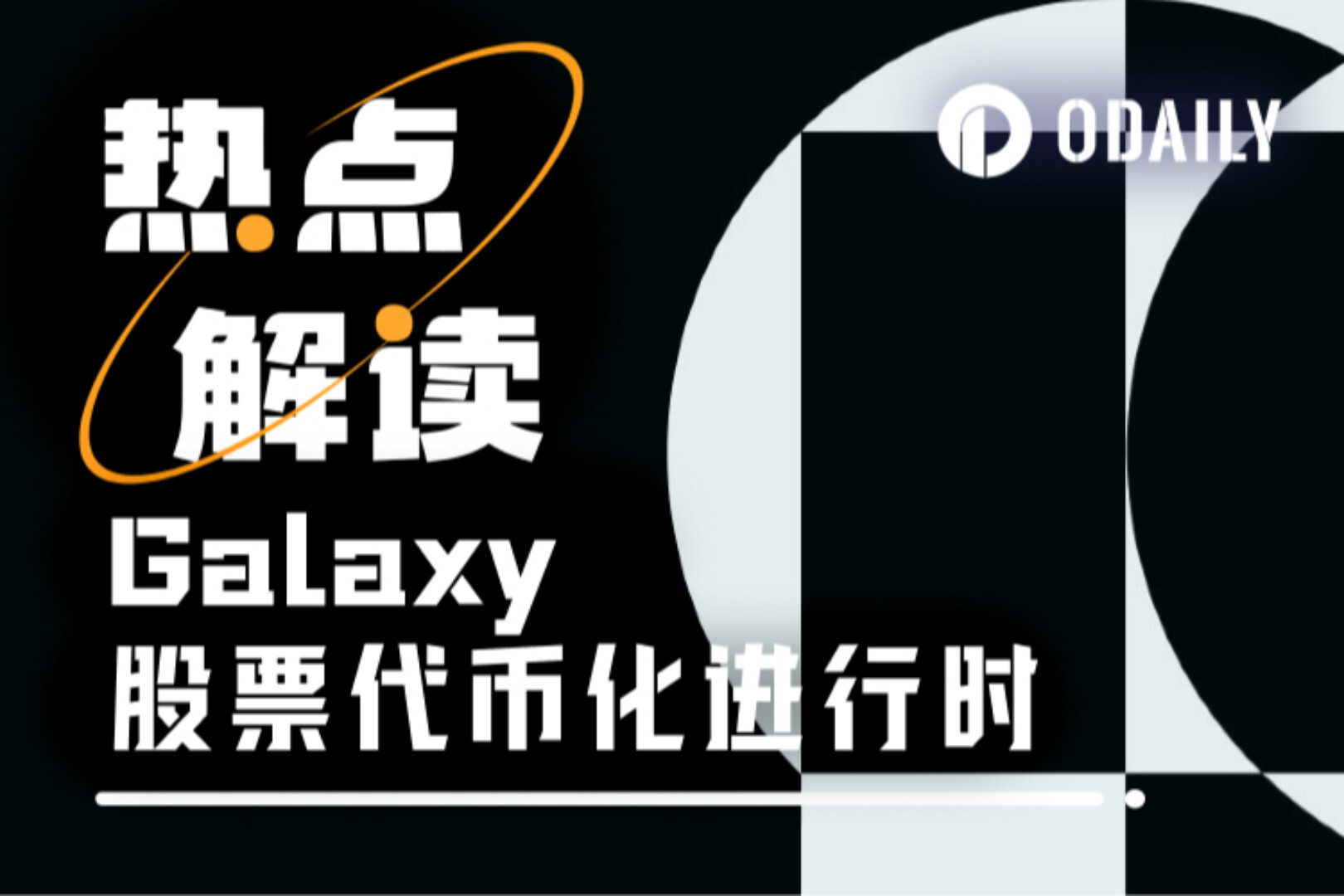introduce
introduce
In this spark interview, we interviewed PM Lu Yuanyuan, the product manager of MathWallet, who is often called Lao Lu by insiders.
As an early participant in the industry, Lao Lu can be said to have been paying attention to the most cutting-edge projects in the industry, and has in-depth research on cutting-edge projects in the circle. Driver, expert in Defi projects (: P).
In the market where Defi is on fire, how is the development of NFT? Can it succeed Defi and become the next industry direction?
PS:
We had a good chat with Lao Lu with a series of NFT-related questions, see below for details.
2. This article does not represent the views and positions of X-Order
NFT Intro
secondary title
1. After the hype in 2017-2018, in 2019, NFT began to gradually integrate with the art field and well-known game IP, and there were many out-of-the-box actions. So what stage has NFT developed so far? At present, the difficulty of promoting NFT lies in technology or ecological application?
A: I think NFT is still in a relatively early stage, and there are no substantive breakthroughs. In fact, it has not been out of the circle in terms of applications and audiences. It is mainly in Ethereum and some companies that imitate the NFT ecology of Ethereum. chain.
But now the entire NFT market is actually relatively sluggish, with a weekly trading volume of just over $1 million, which may not be as good as the trading volume of a certain trading pair on an exchange.
So for the current blockchain industry, NFT is actually a very niche thing. The top exchanges only regard NFT as a possible future direction to lay out, and will not invest a lot of resources in it as a popular Defi. Because for exchanges, if they do not seize the opportunity of Defi now, they may miss many opportunities, and even the ranking of exchanges will drop.
The strategy of top exchanges on NFT is different. For example, Xu Kun, the chief strategy officer of OK, said in a public meetup that he should pay attention to NFT. In fact, in my opinion, this may be because OK did not seize the opportunity of Defi like Binance in the early stage, and put all the head Defi-related All coins are online. As a result, the quality of some Defi tokens on OK is not as good as some top exchanges. So they will find some other tracks to layout. The key layout of Huobi is the Polkadot ecology.
Binance has spent the most time on NFT and invested a lot of money, such as in-depth cooperation with Enjin, investment in Sandbox, and several issues of its own NFT. But none of this shows that NFT is very mature.
In my opinion, the difficulty in the development of NFT lies not in the technology, but in the promotion of the market. At present, it is no problem to realize NFT through technology. The key is that the market is too small and the competition is not fierce, which has led to some monopoly in the NFT head market. For example, Enjin, if you want to use the ERC1155 standard, you must integrate Enjin, and you can’t even integrate Ethereum.
Including Opensea is the interface used by almost all wallets on the market, and the data sources are given to them through Opensea. If a wallet supports NFT, it must use Opensea data. If Opensea bans the interface, or prevents a game from appearing, or prevents certain NFTs from appearing in Opensea, then it cannot be displayed in other wallets.
There is currently an NFT Store in China, called Spider Store, Spider Store. They are the only project in China that independently engages in the NFT market, but its market share is obviously lower than that of Opensea. Although Opensea has achieved this level, its localization support for China is actually not good.
Therefore, the difficulty in the development of NFT is actually the ecological application. To make a good NFT application, the development cost must be relatively high. And because the NFT audience is too small, the benefits obtained by the project cannot cover the development costs. Blockchain games have come all the way since 2017, and few of them have survived well. Now some well-known high-quality blockchain games have taken a lot of investment in the early days to maintain them, but many applications themselves have no hematopoietic ability.
image description
Tokentrove.com is a market dedicated to trading GU
In addition, there is another problem with the NFT trading market, that is, many popular games will set up their own NFT trading market instead of trading on Opensea. For example, on Tokentrove, in many cases, the transaction volume of GU cards is higher than that on Opensea.
Supplement - Information reference: Nonfungible.com/market/history
2. What are the combinations of NFT and Defi? Is there any difficulty? Does NFT necessarily need Defi? Can we break away from Defi?
A: I haven't seen much recently. The recent case of the combination of NFT and Defi is the Yam rescue plan launched after the founder of the Yam project announced its failure. If you participate in the upgrade vote, you can receive a Yam NFT medal, indicating that you have participated in the Yam rescue plan By.
In addition, on KNC, if you hold the relevant NFT, you can reduce the handling fee.
Others, like Lend721, can lease out your NFTs. There is also a project called WCK, which can break NFT into ERC20 tokens and then trade them.
So I think now more NFTs are moving closer to Defi, like the Rarible platform, which specializes in the collection and trading of NFTs, and has also set up a transaction-mining mechanism. For any transaction, both buyers and sellers will get RARI tokens. However, the decentralization of these organizations is not strong, and the project party can still block the above users at will.
References:References:
The blockchain is round, rethinking CryptoKitties and NFT
3. What are the examples of the combination of NFT and Layer 2?
A: The main direction of Matic is to make games, so there must be many NFTs on it. This is a relatively large case at present. They have cooperated with many blockchain games.
There is also Near, they have made a rainbow bridge, which can transfer NFT to other public chains.
secondary title
NFT-related wallet formats
1. Can you briefly introduce the current difficulties in combining wallets with NFT? What is the difference between different wallets supporting NFT?
A: In fact, the combination of wallet and NFT is relatively simple, as long as you can check the assets of an address ERC 721 and 1155, then display them, and realize the sending function at the same time.I researchedAlmost all wallets on the market that support NFT
, found that most overseas wallets only support ERC 721, and only a small number of wallets support ERC 1155. For those that support ERC 1155, some functions cannot be realized, such as display. So in general, the wallet is now divided into the following situations:
1. Most of them generally support NFT wallets, and only support 721 transfer and collection
2. ERC 721 and 1155 are supported, but only Enjin and Math are supported for sending 1155.
But the problem with Enjin is that it does not support ERC 721, so the second-tier wallet is actually the best. And for the experience of domestic users, we also made a special forwarding operation. So in China, with other overseas wallets, your NFT assets may only be displayed online scientifically, but it can be displayed directly with Math Wallet.
secondary title
Views on the NFT market
1. Which aspect of NFT development are you most optimistic about at present? Such as wallets, IP cooperation, artwork transactions, etc.
A: For wallets, NFT is actually a traffic portal. Our overseas communities still have 1-2w, and the participation in online activities is still very high.
In terms of IP cooperation, I think there is room for development, but there are no particularly big IPs coming in now. And this kind of cooperation needs to be promoted by people with sufficient resources to be effective, rather than relying solely on the efforts of a certain project or users.
As for the combination of NFT and artwork, there are actually several NFT artwork trading market projects before, but this is destined to be a small circle market, and the case of artwork cannot be copied. Because in the process of this kind of auction, the creator can give value to the artwork, and the same collectors can also give value to the artwork, such as the landscape paintings stamped by Qianlong. But this is hard to replicate.In the long run, I am more optimistic about IP cooperation
, to the NFT activities that Binance did before, OK also issued NFTs in overseas operations. The nature of this activity is similar to solidifying the influence of the brand.
However, as a niche market, NFT itself has less traffic. Unless there is a major breakthrough in technology, which greatly optimizes the improvement of user experience, it will attract external big IPs to enter this market, because the project will naturally go to traffic. More, more influential places to go.But for now,The NFT market is actually immature for large external IPs
, Many project parties of this kind will worry about policy risks. But once there are some typical cooperation cases, many projects will actually find cooperation again. For example, it was actually quite difficult for us to cooperate with exchanges on NFT projects before, and they didn’t know much about them. But after cooperation, there will be Some other exchanges came to find it, and they knew the value of it.
2. What are your opinions on some NFT token projects in the market? Like Mana, Enjin, Sandbox?
A: The Mana project has actually been in progress for two years, but the products produced now are discounted compared to my expectations for MANA at the time. From this point of view, it is actually better not to land. After landing, it had a reverse effect, and many people would actually faint after seeing his picture.
When the project was first launched, there were many users, but the experience needs to be improved, and there are relatively few gameplays, which are not very free. There is still a big gap from the sense of freedom in the movie that the number one player imagined.
For the Sandbox project, I think that the NFT trading volume on its platform is actually not as good as the trading volume of its tokens on Binance, and there is a feeling that the valuation is upside down. He may be more like a conceptual product with a high valuation.
secondary title
NFT imagination
A. Various possibilities of NFT in future games
1. What might the combination of NFT, VR and AR look like? What form do you think is more likely to be realized in the future?
A: There will be a combination of AR/VR and NFT. After the number one player, there will be a combination of VR. But in fact, the promotion of VR and AR itself is somewhat lagging behind.
There is a recent AR app called RakugakiAR, which can animate cats or other things you draw on the table. If this is combined with NFT, there is actually a lot of room for imagination.
All of these need to be realized by combining a client or APP segment. And if it is on the APP side, there must be a dedicated NFT wallet to realize related functions. Or a certain NFT project makes these functions, and then packages them into an APP for other users to use. This APP is loaded with some NFT-related functions. For example, if you hold an NFT, you can play these games through AR.
This year there is a VR game called Somnium Space, but it will take a long time to realize it, and its partners are also very powerful, such as Oculus, VIVE, Steam are its partners, and the IP resources are very strong. But the realization of this project will take a long time.
2. We can buy NFT assets in the game Decentraland (MANA), does it mean that NFT assets will be used in many games in the future? Why do game manufacturers use it? Does he have any advantages? What are the benefits to all parties in the game ecology?
A: I don't think games will necessarily be in the form of NFT. Because many good games don't need assets either.
For non-blockchain games, it doesn’t matter whether there are NFTs or not. If you look at blockchain games alone, they are similar to fomo 3d. In fact, only one token, including just games, only needs one key. But it will involve other applications and complicate the token, including the auction system. These are all at the application level, without putting the entire rules on the token. But NFT can also support these things.
If the game manufacturer wants to enter the blockchain game, then he will give priority to the blockchain-biased asset issuance method.
The advantage of this is that game assets can be circulated more widely and can cooperate with other games. In other words, the manufacturer has many games under its banner, but he doesn’t want to use a centralized form to open up. He can also use decentralized NFT to get through.
For example, there will be cooperation between many small games on Steam, introducing their own characters and props between games. This kind of cooperation will definitely appear in the future, and NFT is equivalent to building an intermediate bridge. Some are like asset cross-chain, higher-dimensional asset conversion.
In my opinion, NFT is more of a bonus item for a fun game, and it is difficult to use it as a main game label.
B. NFT & Assets
1. What is the relationship between NFT assets and real-world assets? Is it in addition to real assets? Or will it also replace real-world assets?
A: At present, the relationship between NFT assets and real-world assets is not very great. In fact, not only NFT, but also asset on-chain is very difficult, and it is also difficult to link NFT assets with real assets.
Because the asset on-chain process is centralized, such as the organization that performs the asset on-chain operation is centralized, even if other processes are decentralized, it can only mean that we put a certain label on the chain, and it does not explain the label It must correspond to that real thing.
If you want to bind NFT assets to real assets, you need some prerequisites, such as strong endorsement, or acceptance by large institutions. Because compared with real assets, NFT only has the benefit of more liquidity. For some real heavy assets such as real estate, the transaction process is very cumbersome, but as long as you can guarantee that the NFT bound to it can be cashed out at 1:1, then this liquidity is its advantage. But since this precondition is difficult to establish, no matter how good its advantages are, it is more of an idea.
In fact, Bubble Mart is a project that I think can combine NFT and real assets very well, because Bubble Mart has expanded from offline to the Internet, and then from the Internet to the blockchain, it is actually relatively easy. It has been very successful on the Internet, and you can directly open a new blind box with the WeChat applet.
Light assets like this kind of IP can be moved to the blockchain, and through this supplement, many new perversions can be brought about. However, in the current situation where the infrastructure is not perfect and the market is not mature, it will lead to some rote.
2. Does NFT mean that a lot of assets will emerge in the future? For example, the exponential growth of asset classes. If the future develops like this, does it mean that, as ordinary people, our opportunities and risks have also greatly increased. What are the opportunities and risks?
A: Actually, I don’t think it is necessary to distinguish NFT from token too much. In fact, NFT is also a Token standard. As long as there are many high-quality assets in Token, there will also be many high-quality assets in NFT.
For example, Curve’s Y-Token, a basket of stablecoins, its price will always go up, because it will include certain profits in it.
But I think the risks in this market outweigh the opportunities. Because there is no particularly obvious standard in the NFT market now. In the final analysis, the field of NFT is still too early. From 2017 to now, it has been less than 5 years. There have been many changes, and there will still be many standards and ideas to experiment in this market.
image description
The market value of NFT is still relatively small, NonFungible.com
The risk of participating in this kind of market will be particularly high. For example, if I launch some new NFT standards or tokens, if you make a big bet on them, and you find that there is no such track in the end, you will lose a lot.
And most of what we are discussing now is Ethereum’s NFT, and many other non-Ethereum NFTs are also developing. Maybe in the future, the NFT ecology of other public chains will be larger than that of Ethereum. At that time, other larger NFT standards will be Swallow the standard of Ethereum, as long as its market is large enough and its performance is good enough. This is also a big risk for investing in this market.
I think NFT currently has more entertainment value than real value. This in itself is an unstable thing.
3. Continuing the above question, if NFT leads to exponential growth of asset types, ordinary people will face more opportunities and risks. Under such circumstances, will countless tulip bubbles be born? The number of bubble assets in the future will skyrocket, and the life cycle of these assets will become shorter and shorter?
A: Ordinary users participate in these NFT games, and the pricing for them is unclear. Users may buy particularly high-priced Tokens, such as SLP, which is actually a potion used in a battle game, which has also increased a lot. This kind of thing is very opaque to ordinary investors, because ordinary users will never know that there is actually an infinite amount behind it. The cost of casting this kind of token is very low, and it may only take one game.
The cost of creating NFT itself is very low, which also leads to chaos in the NFT market, filled with many fake NFTs, requiring participants to have a high ability to identify.
The asset class will definitely grow over time, and of course it will bring more risks. In fact, there are risks but also many opportunities, such as many new ways of playing NFT, such as NFT transaction mining, or liquidity mining. Defi's set can be set on NFT.
The life cycle of these assets is definitely short, and service-oriented NFTs will be more valuable. However, once the service content of NFT is terminated, NFT will have no value. For example, I bought the privilege of a decentralized exchange, but if this decentralized exchange has no depth, it is worthless for me to hold this NFT.
C.NFT & Real Economy
A: For example, Nike has applied for such a patent, which is similar to blockchain coding, and its function is similar to traceability. But this is actually because you believe in Nike itself, not in traceability technology.
soso
The improvement of mutual trust does not lie in the blockchain technology, but also in the entire link of the centralized system. The crux of the problem lies in man-in-the-middle attacks.
In fact, hardware wallets have always had such a problem. Maybe the hardware wallet is good when it leaves the factory, but then it has to be handed over to the manufacturer of the hardware, the distributor, and the transporter. There may be people in every link, such as reading all the mnemonics, Then put it in, or implant something, and there will be problems.It is not because applying NFT technology to this can solve this problem, the key is to solve the problem of intermediary trust, that is to say, whether everyone recognizes the centralized organization using NFT technology or blockchain technology.
NFT plays more of a role in reducing transaction friction, similar to data platforms for data exchange.
The use of NFT technology for these physical assets is actually equivalent to bringing traffic to the NFT market, which is a good thing for NFT, but the use of NFT technology has no impact on the mainstream economy.
2. What will happen to the transaction form after the mainstream accepts it? Is it compatible with the technical form of NFT? Or will it be restricted? For example, restricting the use of Ethereum, etc.?
A: For mainstream games, they will definitely establish their own NFT system instead of using the existing NFT system. Because once there are enough mainstream games, it will definitely have an impact on the existing NFT ecology, and even subvert the entire NFT. These teams will definitely develop their own systems, because they are more Internet-based and will control the ecology in their own hands. For example, if the Tencent blockchain wants to enter the NFT market, he will definitely bring in his own standards to restrict the existing NFT technology instead of being compatible.
Even if these mainstream projects will use the existing NFT ecology, it is because there is no need to redevelop. And if they want to enter the market, they will definitely build their own NFT ecology. Because their influence is too great, it will force the existing NFT ecological area to change.
A: There must be supervision. Defi will actually be regulated in the future. If the mainstream accepts NFT, there should be industry regulation first, and then there will be market promotion, which will eventually lead to mainstream acceptance of this market.
andand, At present, these are relatively far away, and the market is not so mature. Because ordinary STOs have not yet been implemented, the combination of NFT and the real economy will be further behind.
risk warning:
risk warning:
The contents of this official account may contain certain forward-looking statements. Identifiers of forward-looking statements include"expected"、"expected","estimate","possible"、"possible"meeting





